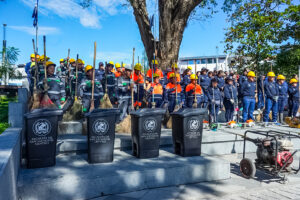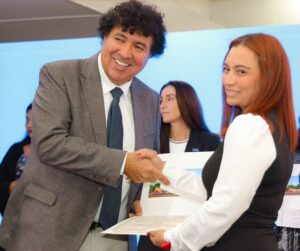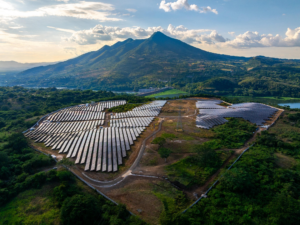Yes, you read correctly, the countryside. Anyone would think that this is more common in factory production, but for Nestlé, 80% of its emissions are produced in the field.
Nestlé’s Nescafé Plan seeks 100% reduction of its greenhouse gas emissions by 2050, by 2030 they expect to have achieved 50% CO2 reduction.
Nestlé’s Director of Communications and Corporate Affairs, Kim Waigel, said “it is very interesting because everyone thinks ah, Nestlé is an industry, it has factories, so those factories must generate most of the CO2, but if we look at the CO2 impact that Nestlé has globally, 80% is the field”.
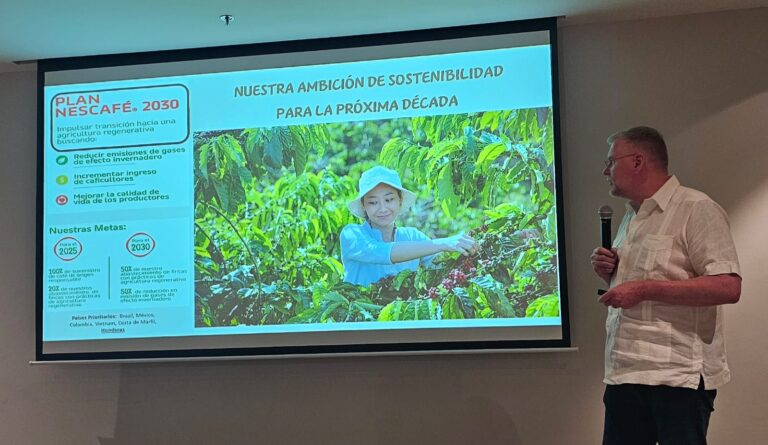
Alonso Zuniga / Photographer
Plan Nescafé seeks to promote regenerative agriculture, an approach to agriculture that aims to improve the health and fertility of the soil, as well as protect water resources and biodiversity.
The aim is to obtain better beans, thus improving the lives of farmers and this can only be achieved by treating coffee farms well, avoiding erosion, pests and the effects of climate change.
For example, a button. Dinero.com.sv was invited by Nestlé to visit Finca La Vid, in Comayagua, Honduras, where its owner, Floricel Guerra, gave a tour to learn about the actions carried out by Plan Nescafé within its lands under the Plan Bosques del Mañana.

Plan Bosques del Mañana is the flagship program of Plan Nescafé, exclusively in coffee growing, providing timber and fruit trees. The fruit trees have the benefit of providing an additional income, food, or commercial capacity to the coffee grower. This not only serves as a living barrier on the farms, but also to prevent the coffee growers from getting burned and to provide them with the necessary amount of sun.
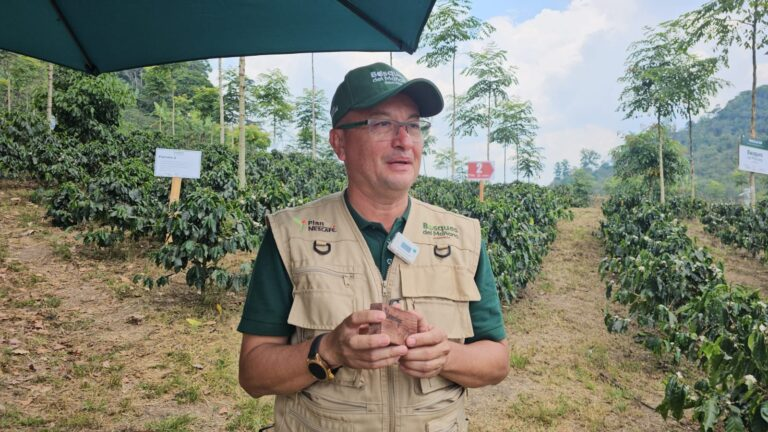
Floricel also explained that work has been done to teach and train coffee growers in the use of traps to catch insects or pests that can destroy crops. He indicated that now their plantations are more resistant, their fields are not in danger from erosion caused by storms or some insects that roam the coffee farm.
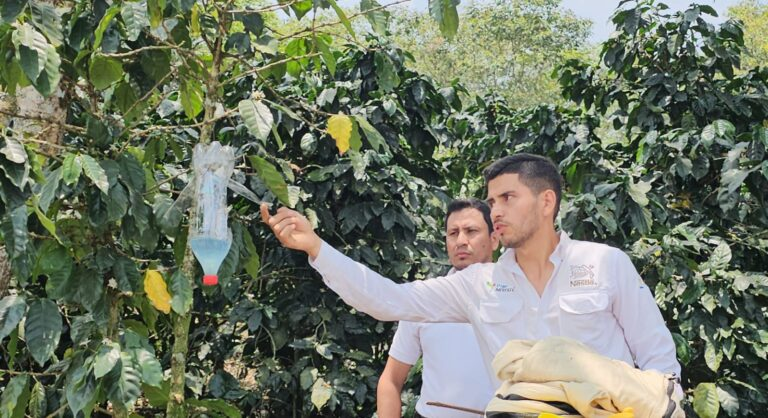
At the same time, the Nestlé Plan provides support in the generation of beehives where bees play an important role in the pollination of the coffee park. In addition, honey can serve as an additional income.
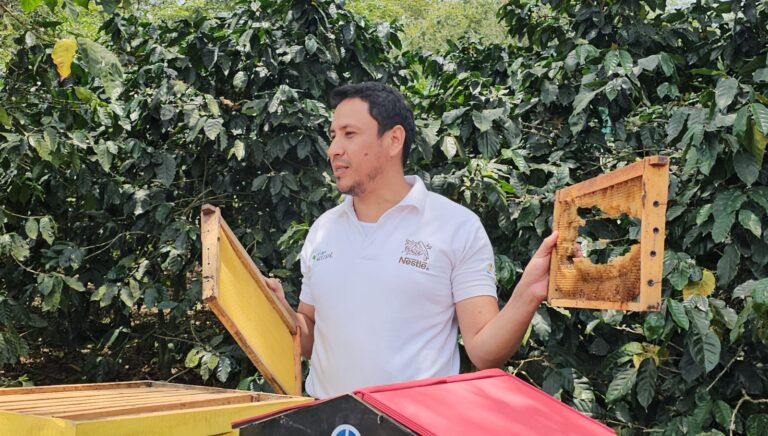
Plan Nescafé has provided 1,500 solar dryers installed in coffee farms to improve the drying, quality and value of the bean, which has improved the quality of the coffee that is subsequently sold. Technical assistance to more than 6,287 producers who are adopting regenerative agriculture practices by the end of 2024.
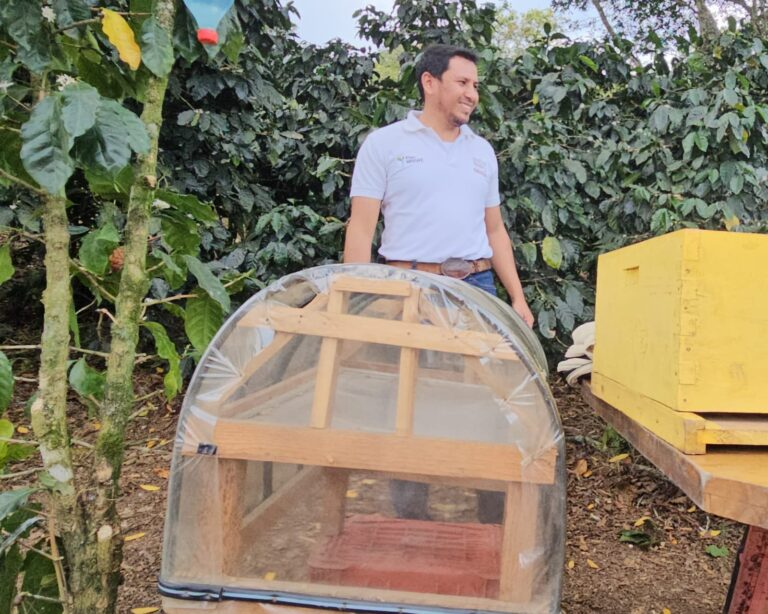
(Illustrative photo of a small-scale dryer/model)
Nestlé has provided training, financing, and incentives to support farmers in adopting these regenerative practices. By 2025, the global target was to source at least 20% of key ingredients, such as coffee and milk, from farmers who have adopted regenerative farming practices. By the end of 2024, 21.3% was sourced globally, surpassing the 2025 target a year earlier. The goal is now to achieve 50% progress by 2030.


